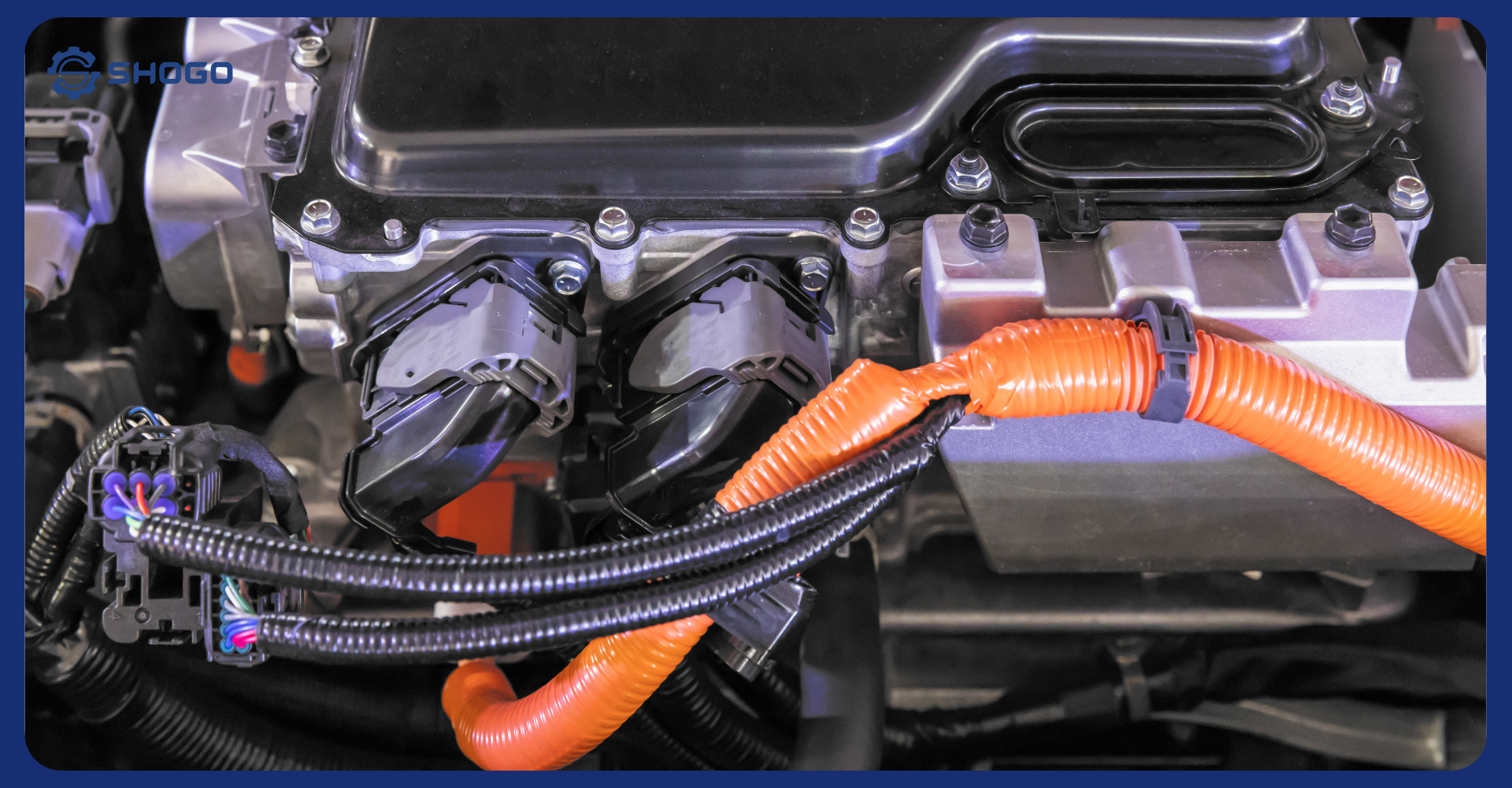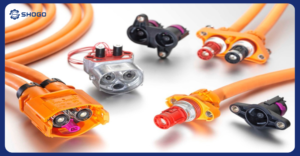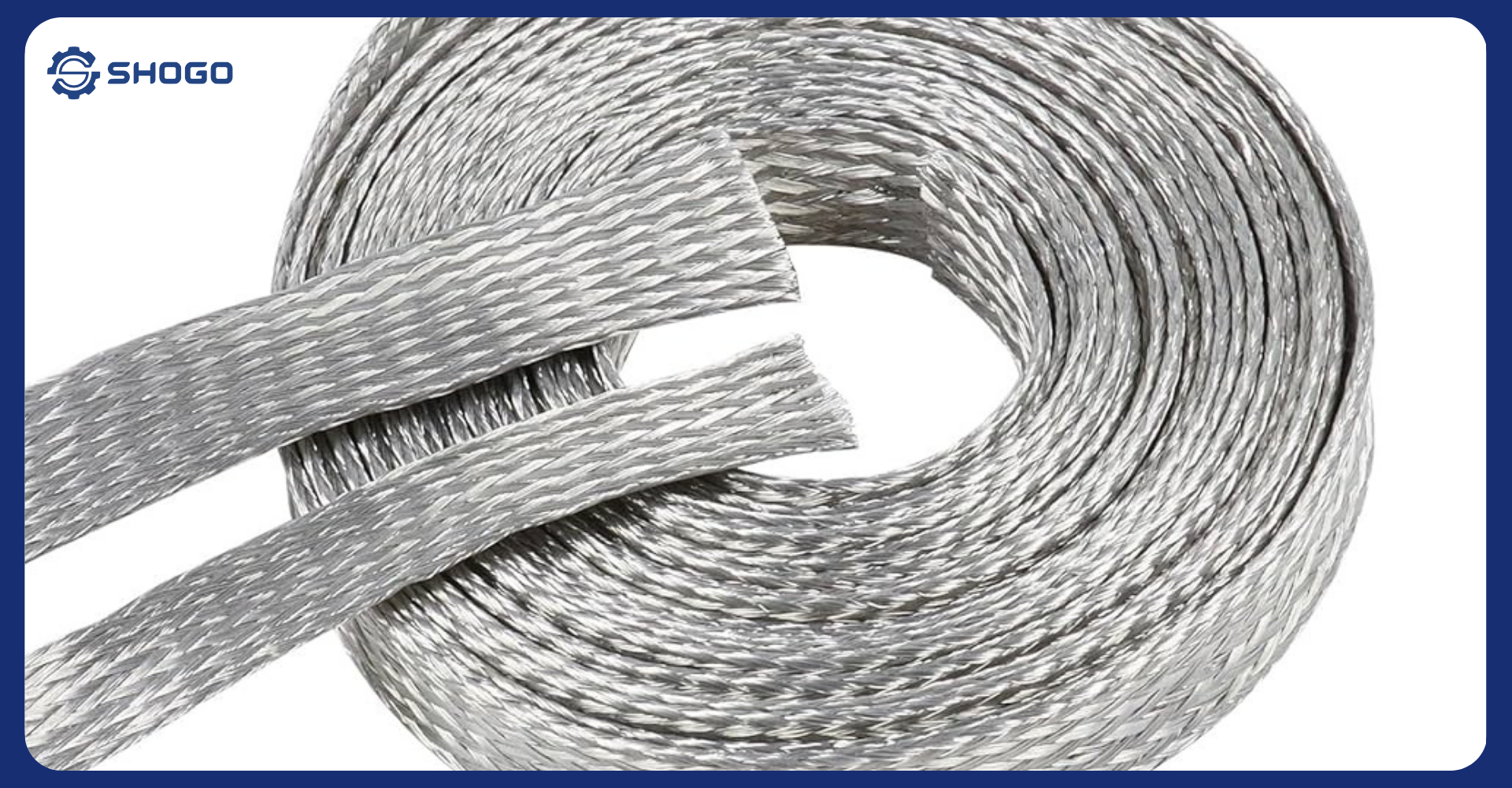
1. Introduction
High voltage connectors are indispensable electronic components in the power transmission system. They act as a bridge, connecting high voltage electrical devices together safely and efficiently.
In the context of increasing energy demand, efficient power transmission is more urgent than ever. However, the high voltage transmission process also faces many challenges such as energy loss, technical problems and environmental impacts. To solve these problems, high voltage connectors were born with outstanding advantages, becoming the optimal solution in the electricity industry.

2. Structure and Operating Principle
A high voltage connector usually includes main components such as: insulating shell, contacts, conductive materials and other accessories.
- The insulating shell has the function of protecting users and equipment from high voltage current.
- Contacts are the contact points between conductors, ensuring stable transmission of current.
- The conductive material is usually copper or aluminum, which has good electrical conductivity and can withstand large currents.
The operating principle of high voltage connectors is based on electrical contact between contacts. When two contacts are pressed tightly together, current will easily move from one conductor to another. To ensure good contact, the contacts are often smoothed and coated with a rare metal layer.
There are many different types of high voltage connectors, depending on the application and technical requirements. Common types include fixed connectors, flexible connectors and medium voltage connectors. Each type of connector has its own unique characteristics and is suitable for different working conditions.
3. Advantages of High Voltage Connectors
- High efficiency: High voltage connectors are designed to minimize energy loss during transmission, helping to increase power efficiency.
- High durability: The materials and structures of high voltage connectors are carefully selected to ensure high durability, withstand mechanical impacts, high temperatures and harsh environments.
- Safety: High voltage connectors are designed with safety protection measures, helping to prevent electrical failures and protect operators.
- Cost savings: Thanks to high efficiency and good durability, high voltage connectors help reduce the operating and maintenance costs of electrical systems.
4. Applications of High Voltage Connectors
High voltage connectors are widely used in many fields, including:
- Electricity industry: Transformer stations, transmission lines, power plants…
- Industry: Manufacturing plants, infrastructure, large energy projects…
- Renewable energy: Solar and wind power systems…
- Electric vehicles: Connecting battery and motor systems in electric vehicles
5. Standards and Regulations
To ensure quality and safety, high voltage connectors must comply with international standards such as IEC, ANSI… These standards stipulate technical parameters, materials, testing methods and safety requirements.
In addition, the installation and maintenance of high voltage connectors must also comply with electrical safety regulations.
6. Choosing High Voltage Connectors
When choosing high voltage connectors, the following factors should be considered:
- Voltage and current: Choose a connector that can withstand the working voltage and current.
- Working environment: Choose a connector that is suitable for the temperature, humidity and other environmental factors.
- Type of conductor: Choose a connector that is compatible with the type of conductor used.
- Brand: Choose reputable brands with quality products and good warranty service.
- Some famous high voltage connector brands in the world include: Schneider Electric, ABB, Siemens…
7. Conclusion
High voltage connectors play an important role in the efficient and stable transmission of electricity. With outstanding advantages in performance, durability, safety and cost savings, high voltage connectors are increasingly widely used in many fields. In the future, with the development of technology, high voltage connectors will be increasingly improved, better meeting the needs of society.


